Toronto hockey
Whenever I have ever been invited to play with a hockey team on this trip, I have been warned by the team representative that “they aren’t very good.” Not once have I heard from a team, “We’re doing great this season, don’t screw it up!” It’s almost like modesty is an unwritten part of the hockey code.
I ran into a similar problem, in reverse, when I was at Stanford. I had a wood chessboard in my apartment, and occasionally when people would come over I’d ask them if they were interested in a game.
Invariably, they’d look at the board, look at me, look back at the board, get a little smile on their lips, and shake their heads no. I insisted that I wasn’t any good, but they didn’t buy it. Eventually, I started to get the feeling that my owning a nice chessboard signaled that I was a good chess player, or at least better than them.
What did they think, that I was trying to hustle some chess? I mean, maybe Stanford was the sort of place where that would be done, but seriously, I was not a good chess player.
So it goes with hockey, too. The teams tell me that they aren’t very good, and I tell them that I’m not a very good goalie. We go through a dance to set low expectations:
Team: “Glad to have you here! But we have to warn you, we aren’t very good.”
Me: “That’s okay, I’m not a very good goalie. I play just for the fun of it.”
Team: “Haha, us too, but seriously, we aren’t very successful on the ice. Hope you like a lot of shots!”
Me: “Wish I were a good goalie so that I’d be able to stop a few of them!”
We then head out to the ice, lose, and come back to the dressing room, where this conversation ensues:
Me: “Wow, sorry about that one guys. I was a total sieve.”
Team: “No, no. You did fine. We just left you hanging.”
Me: “Um, no, I really should have had most of those.”
Team: “Bah. You can’t be expected to stop 2-on-0 rushes.”
Me: “Well, maybe, but…”
Team: “You were fine.”
Are they trying not to hurt my feelings? It’s not like I can’t tell when a goal was a result of netminder error versus defensive-zone breakdown. Must simply be good manners.
Or maybe it has nothing at all to do with me or manners. Perhaps it is simply the self-effacing nature of beer-league teams.
—
That brings us to my second game in Ontario, in which I tended goal for the Pylons. I had been playing only once in every state and province, but there was so much hockey energy in Ontario that I couldn’t resist spending a bit more time on the ice there.
Steve, in addition to getting me a great tour of the Hockey Hall of Fame Resource Centre, hooked me up with the game. Steve was the usual goalie for the Pylons, and like Matt did in Waterloo, he skated out so that I could have the net.
The Pylons were in the over-30 division. Most of the players had no problem qualifying, but I was technically six months shy of being eligible. Fortunately, that rule didn’t seem to be enforced, especially not for goalies. Steve had been playing with the team since his mid-20s.
I knew very little about Steve before the day of the game and the Resource Centre. Based on our email and phone conversations, I pictured him as being in his early 40s and built with a solid frame, perhaps with a bit of the “extra insulation” that becomes so common as people age. Boy, was I off.
When I walked into the Resource Centre, I was surprised to find that Steve had a runner’s build and was about my age. He spoke and wrote with the conviction and skill of a mind beyond his years. It was a complete surprise.
I came to find out that he had played at fairly high levels of hockey as a goalie when younger before burning out around the time he went to university. He spent several years away from the game before gradually returning to it as an adult. Nowadays, he’s on the ice four or more times per week, both tending goal and skating out. The Pylons are just one of his teams.
What makes his return to hockey even more remarkable is that he’s living in Toronto without a car, so he schleps his hockey gear to and from the rink using public transportation. I find it a hassle to bring my gear in from the car; I can’t imagine the hassle faces. Still, assuming that the gear bag fits on the bus in the first place, it’s probably a good way to get some extra space. Eau de hockey is not exactly an attractive scent.
The Pylons dressing room was crowded. I knew it was going to be a fun game. When a team can get most of its roster to show up to games consistently, it means they know how to have fun. They might win a lot, they might lose a lot, but regardless, they keep people coming back for more.
My initial assessment was reinforced by the laughter, teasing, and up-beat attitude warming up the cold air. They even had guys who could no longer play due to injuries showing up just to be a part of the fun.
One guy whipped out the screwdriver on his multitool and took apart a cover over an AC outlet; the sounds of rock and roll soon reverberated in the room from the small stereo.
We took to the ice. Our bench was packed, while our opposition had only one sub. Things looked promising. I took some warmup shots, and the game began.
Although our opposition, in particular their goalie, put up a noble fight, in the end the realities of fatigue took their toll. We won handily, 7-3.
After the game, there was more laughter and celebration in the dressing room, and then we continued to the after-party at Blueberry Hill, a restaurant owned by one of the Pylons, Al. There was good food, good drink, and good fun. The teammates teased each other about their hockey skills, their jobs, their receding hairlines, and various other flaws, real or imagined. Al captained the restaurant from his chair at the table, effortlessly transitioning from just one of the guys to business manager and back again. I felt fortunate to be part of the camaraderie.
Were the Pylons a skilled team? Was I a good goalie? We won, yes, but I suspect the evening would have turned out much the same even if the score had been reversed. We celebrated the win, but more importantly, we celebrated the friendship that the hockey enabled.
I bid the others farewell, dropped Steve off at his house, and retired to my hotel to get some sleep before my Canada AM interview in the morning.



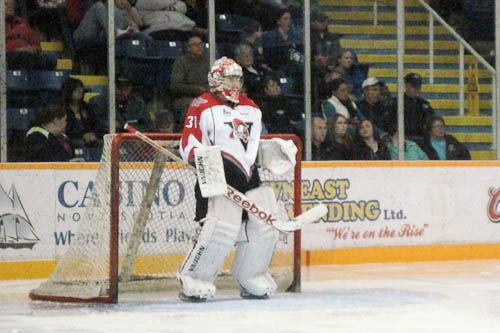

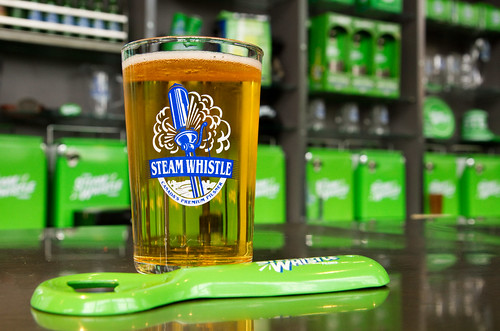
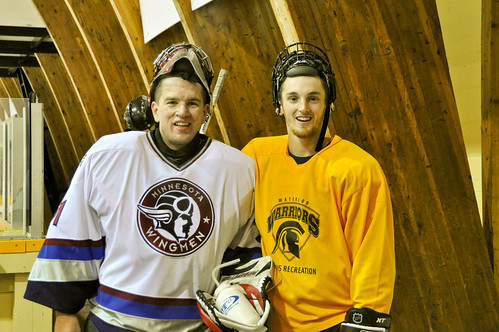
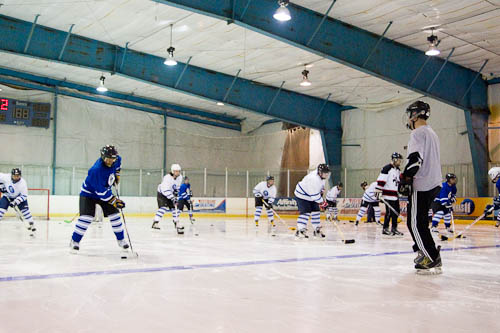
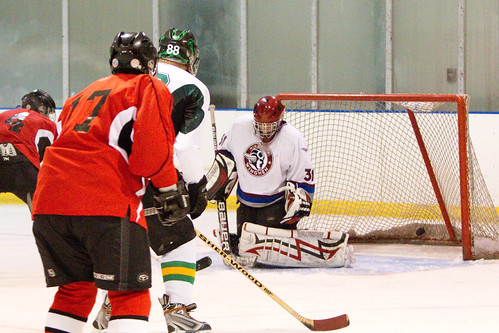
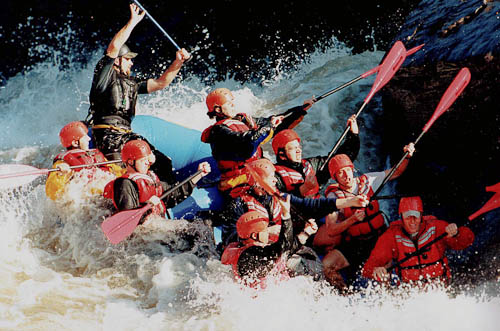
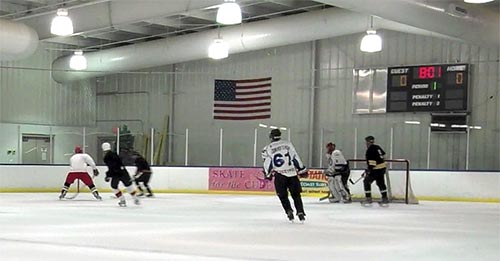


Recent Comments